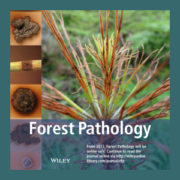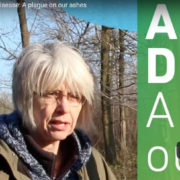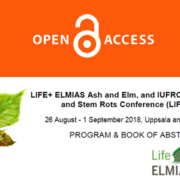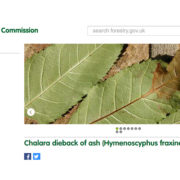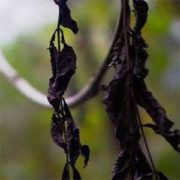First report of Hymenoscyphus fraxineus on Fraxinus excelsior in Montenegro
I. Milenković 1,2 | T. Jung 2,3 | Z. Stanivuković 4 | D. Karadžić 5
1 Institute of Forestry, Belgrade, Serbia. 2 Phytophthora Research Centre, Mendel University, Brno, Czech Republic. 3 Phytophthora Research and Consultancy, Nußdorf, Germany. 4 Forestry Faculty, University of Banja Luka, Banja Luka, Bosnia and Herzegovina. 5 University of Belgrade-Faculty of Forestry, Belgrade, Serbia.
Correspondence Ivan Milenković, Institute of Forestry, Belgrade, Serbia. Email: ivan.milenkovic@sfb.bg.ac.rs
Abstract
During the monitoring of the mycological complex on different forest tree species in the Biogradska Gora National Park in north-east Montenegro, symptoms indicative of ash dieback caused by Hymenoscyphus fraxineus were observed on young Fraxinus excelsior trees in the protected virgin forest, including dieback of plants and branches, wilting of leaves and shoots leading to a “flag-like” habitus, premature shedding of leaves and longitudinal bark necroses. Using standard isolation methods, slow-growing cultures with numerous phialides, typical of the asexual phase of the ash dieback fungus, were obtained. In addition, petioles with numerous characteristic apothecia were also recorded. This is the first report of H. fraxineus on common ash in Montenegro. Possible pathways of introduction and implications of the findings are discussed.
Published on May 22, 2017 by FOREST PATHOLOGY

